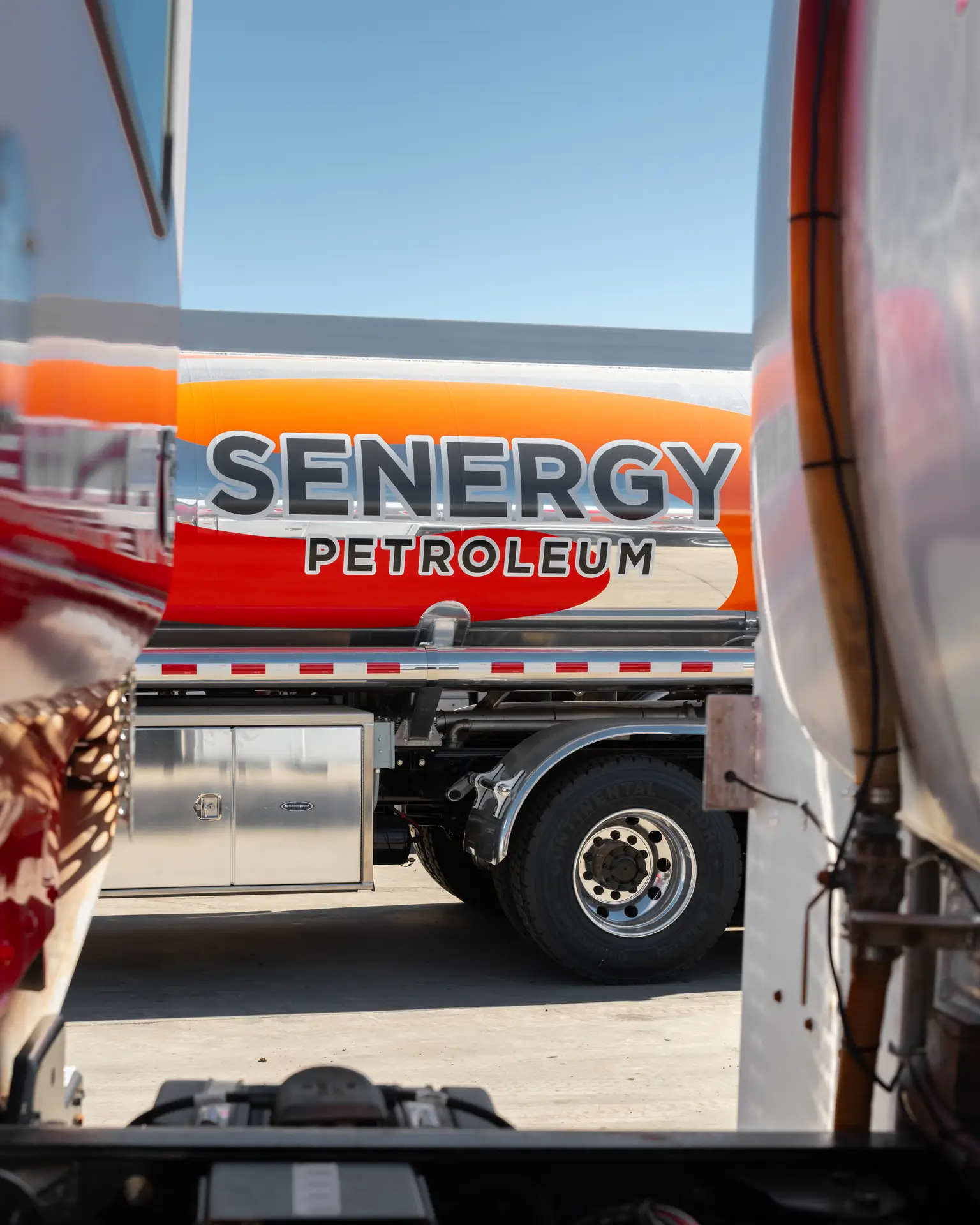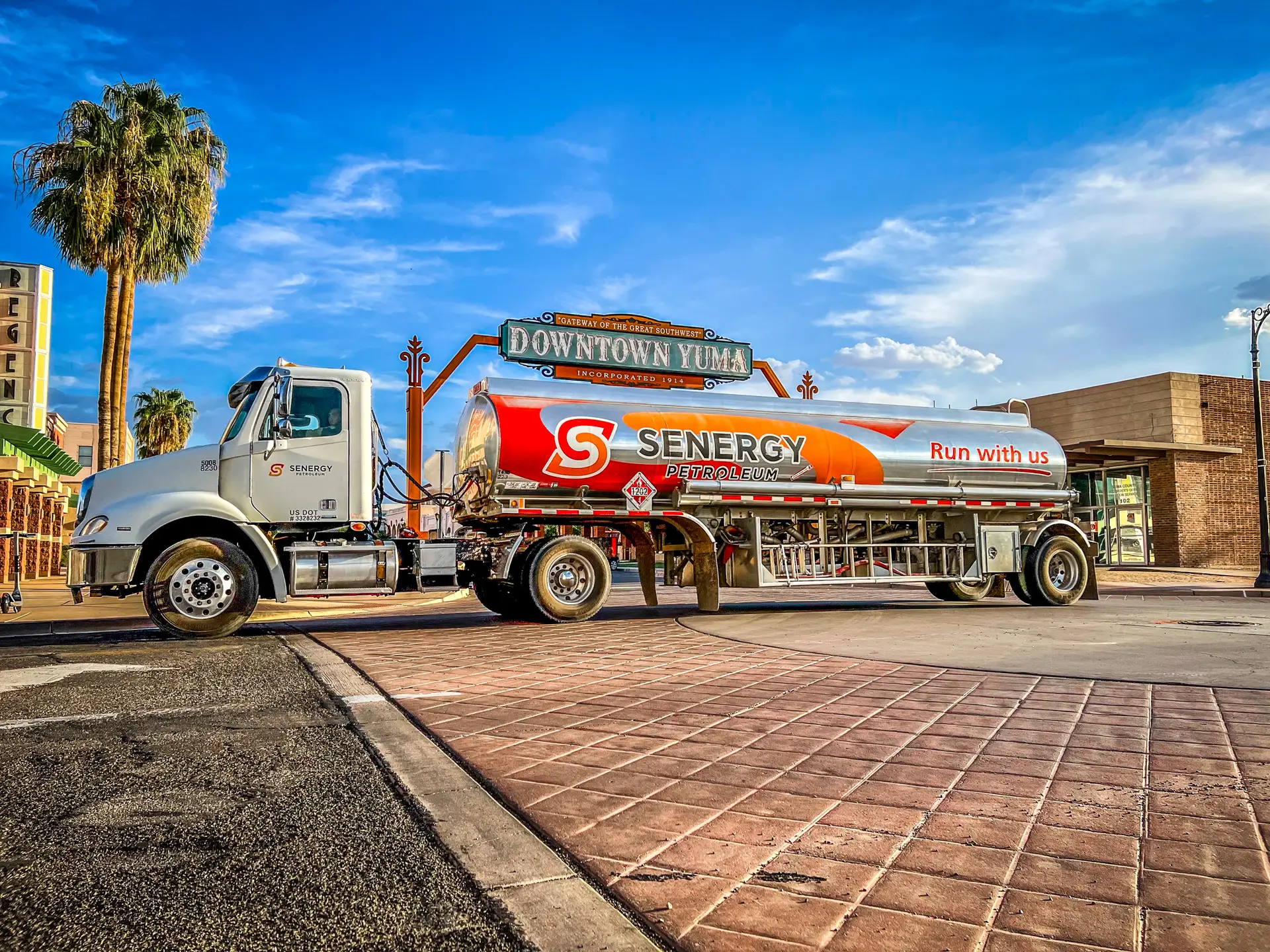Fuel management is one of the most important factors in running a profitable fleet. With fuel expenses making up a major portion of operating costs, controlling usage is key to protecting your bottom line. As fuel prices continue to rise, fleet managers are under more pressure than ever to find smart ways to reduce consumption without sacrificing performance. Fortunately, advancements in equipment, fuel products, and best practices have made it easier to take control of your fuel program. The right strategies can help you cut overhead, increase efficiency, and keep your fleet moving without waste. In this article, we’ll share proven ways to strengthen your fuel management and drive better results across your operation.



